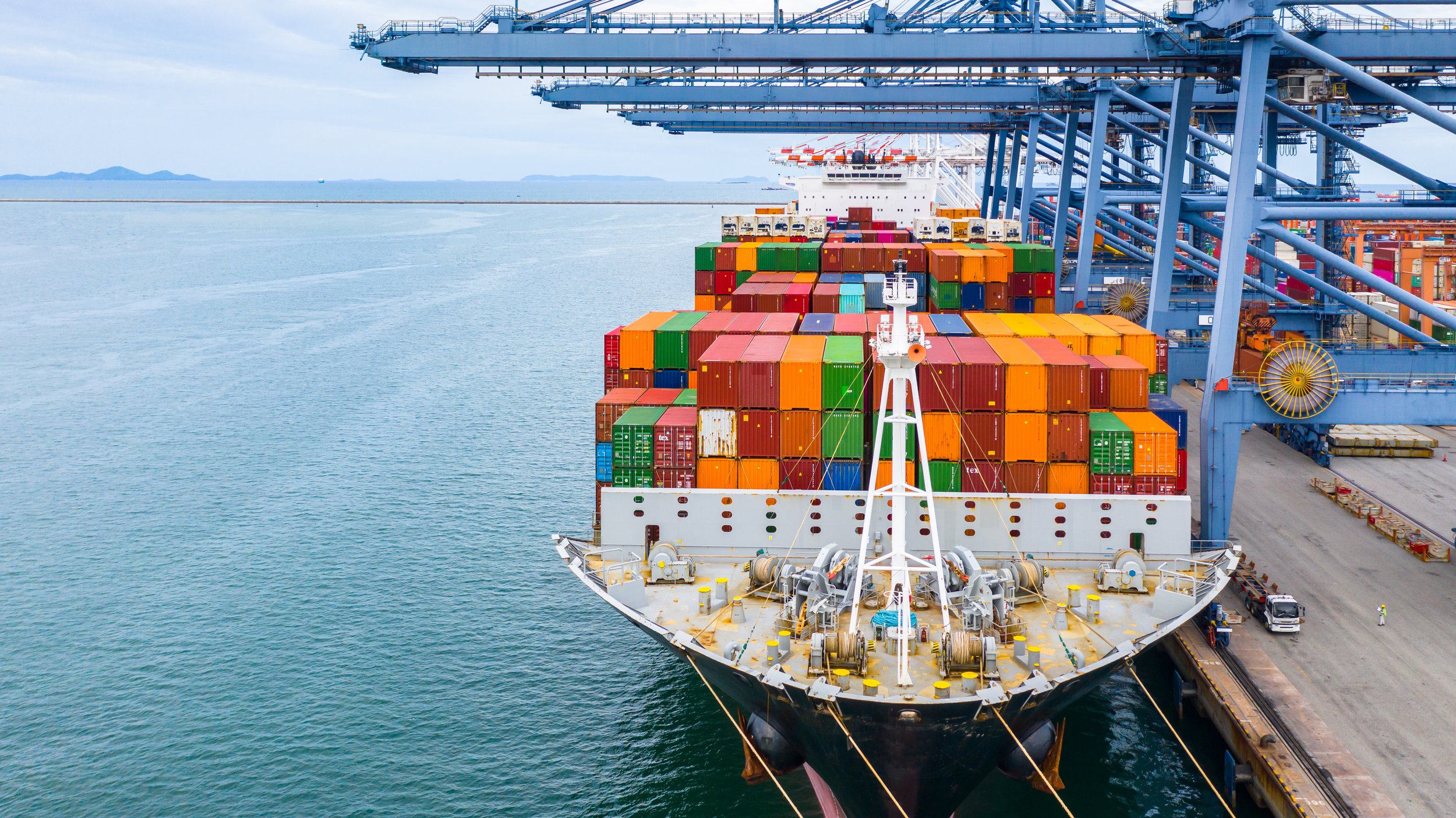
Ammonia is a compound of nitrogen and hydrogen (NH3). It is produced via the Haber-Bosch process.
Challenges Facing Hydrogen
Industry Development
The hydrogen industry is underdeveloped, and current demand cannot sustain high hydrogen production.
Transportation
Hydrogen is hard to transport due to its extremely low density. It must be compressed, chilled, or both, and there is considerable leakage involved that adds to the cost.
Ammonia solves both these problems
Existing Industry
Ammonia is a mature industry. 180 million tons of ammonia are produced globally per year. It is a key component of fertilizers. Currently, 80% of ammonia produced worldwide is used for fertilizers, with the remaining used for industrial chemical production.
Ease of Transport
Ammonia is easier to store and transport than hydrogen, with its liquid form requiring either -33 °C or pressures of approximately 16 bar (vs -253 °C for liquid hydrogen or 350-700 bar for compressed hydrogen).

Environmental impact
Ammonia can be green, grey, or blue depending on the hydrogen type used.
If green hydrogen is used, ammonia will be carbon neutral.
-
180 million tons
The world produces a huge amount of ammonia each year, at around 180 million tons.
-
80%
of which is used for fertilizer production.
-
45%
of global hydrogen offtake is used for ammonia production.


